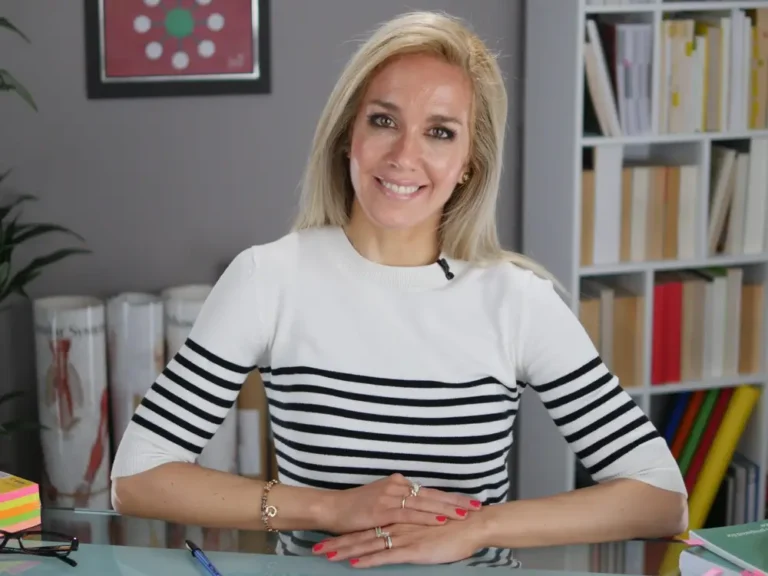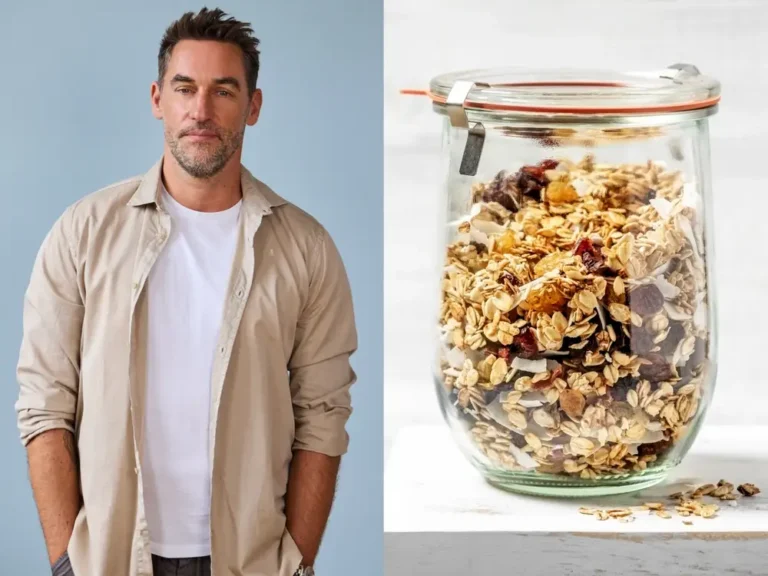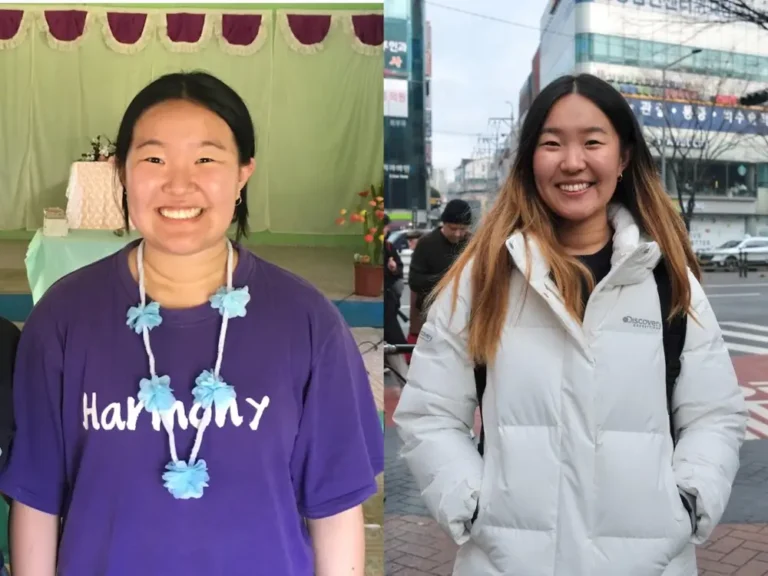News outlets reported Elle Macpherson beat breast cancer with alternative therapies. Doctors say that’s misleading and potentially dangerous.
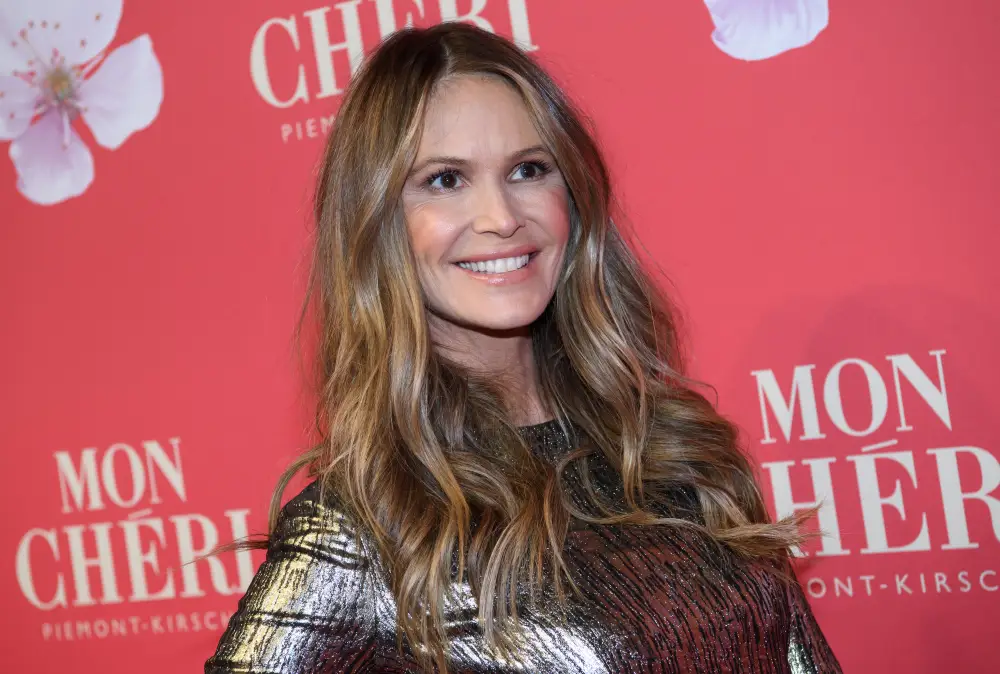
Model Elle Macpherson shared her experience with breast cancer.
Australian supermodel Elle Macpherson revealed that she was diagnosed with breast cancer seven years ago. Doctors said subsequent news reports that she was in remission because of alternative therapies were potentially misleading and dangerous.
Macpherson, 60, who is also the founder of wellness company WelleCo, told The Australian Women’s Weekly magazine in an interview published on Monday that she is in remission from breast cancer despite refusing the conventional treatments of chemotherapy, mastectomy, radiation, and hormonal therapy her doctor suggested.
She instead opted for what she described as “an intuitive, heart-led, holistic approach.”
Macpherson said: “In traditional terms, they’d say I’m in clinical remission, but I would say I’m in utter wellness.”
News outlets around the world reported that Macpherson overcame cancer with alternative therapies.
However, Macpherson told the outlet that she had a lumpectomy, a conventional treatment that removes breast cancer along with a small amount of the healthy tissue surrounding it. This led to her 2017 diagnosis of a type of breast cancer known as HER2-positive estrogen-receptive intraductal carcinoma.
Macpherson’s lumpectomy might have treated her breast cancer
A lumpectomy in itself can be an appropriate standard medical treatment for the condition, professor Chris Pyke, a cancer surgeon, breast cancer risk quantification expert, and the director of medical services at the Mater private hospitals in Brisbane, Australia, told The Guardian.
Pyke added that Macpherson’s form of cancer, in many cases, could more accurately be described as a type of non-invasive precancer that, if left untreated, has the potential to turn into invasive cancer, although the chances are low.
“It’s quite possible that just removing that lump all by itself could have been sufficient treatment,” Pyke said.
Macpherson also said she had a previous cancer scare in 2014 when a lump she found in her breast turned out to be a benign cyst. It prompted her to seek out a naturopath, a type of alternative-medicine practitioner, and to found her wellness brand.
Dr. Liz O’Riordan, a breast cancer surgeon and advocate for breast cancer awareness, wrote on X in response to the interview: “The potential dangers of choosing alternative treatment for breast cancer can increase your risk of dying by six times. There is no evidence to prove that any of it works.”
O’Riordan didn’t provide a source for the statistic, but a 2017 study published in the Journal of the National Cancer Institute found that patients with breast or colorectal cancer who had alternative therapies as their initial treatment were five times more likely to die after five years than those who chose conventional medicine.
“I’d urge women not to assume that because it’s worked for her so far, it will work for you,” O’Riordan wrote in another post on X.
There’s also some confusion over the exact meaning of “intraductal,” O’Riordan noted on X, as it could refer to “ductal carcinoma in situ,” a precancerous form of breast cancer that can’t spread and therefore wouldn’t warrant chemotherapy. Or “invasive ductal cancer,” an invasive form, which is often treated with chemotherapy to prevent recurrence.
“Without Elle making a comment or her surgeon commenting to explain exactly what type of cancer she has, we don’t really know,” O’Riordan said.
Ceinwen Giles, the CEO of Shine Cancer Support, a charity that supports people who receive a cancer diagnosis in their 20s, 30s, and 40s and who is also in remission, told B-17 news reports not emphasizing that Macpherson had surgery could be harmful to vulnerable people.
“There is a lot of stuff out there, particularly on the internet, that I think preys on vulnerable people, and I’ve been there myself, where you’re desperately looking for something that will make you better,” she said.
“I worry with that kind of thing is that people will see it and think, ‘oh, well, I’m not going to have any traditional treatments. I’m just going to go down a holistic route because it worked for her,'” Giles said.
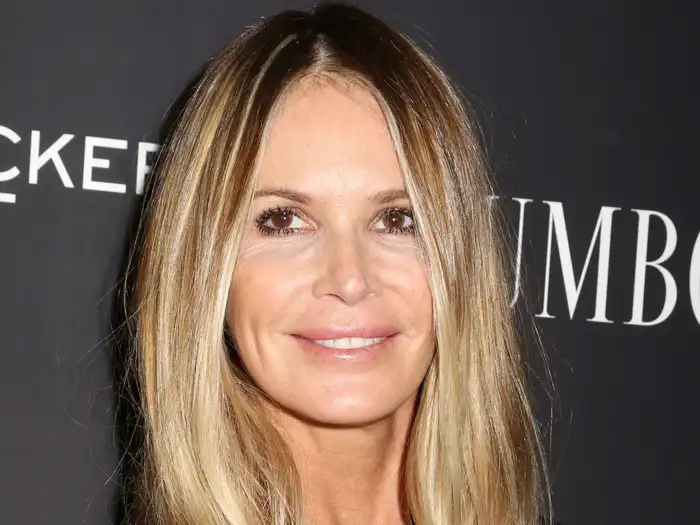
Macpherson said she took a holistic approach to cancer treatment.
Alternative treatments are not backed by science
Macpherson’s holistic treatment involved renting a home in Arizona for eight months, where she was under the care of her primary doctor, who specializes in integrative medicine, an approach that uses both conventional and alternative therapies, as well as naturopath, holistic dentist, osteopath, chiropractor, and two therapists.
She told The Weekly that she devoted “every single minute to healing myself.”
Complementary therapies, such as yoga, therapy, and herbal medicine, are used by some people with cancer alongside medical treatment as they can help them cope with their symptoms better, the charity Cancer Research UK says on its website.
There are many reasons someone might want to try alternative therapies, the charity said, but there is no scientific or medical evidence to show that they can cure cancer. In fact, they might cause harmful side effects or interfere with medical treatment, it said.
Patients are also not informed about the possible risks, survival rates, and side effects as they would be with conventional treatment. “That’s my worry with alternative medicine. People are being told that this will save their life, without being told about any of the side effects,” O’Riordan told The Telegraph.
The modeling agency that represents Macpherson didn’t immediately respond to a request for comment from B-17.

